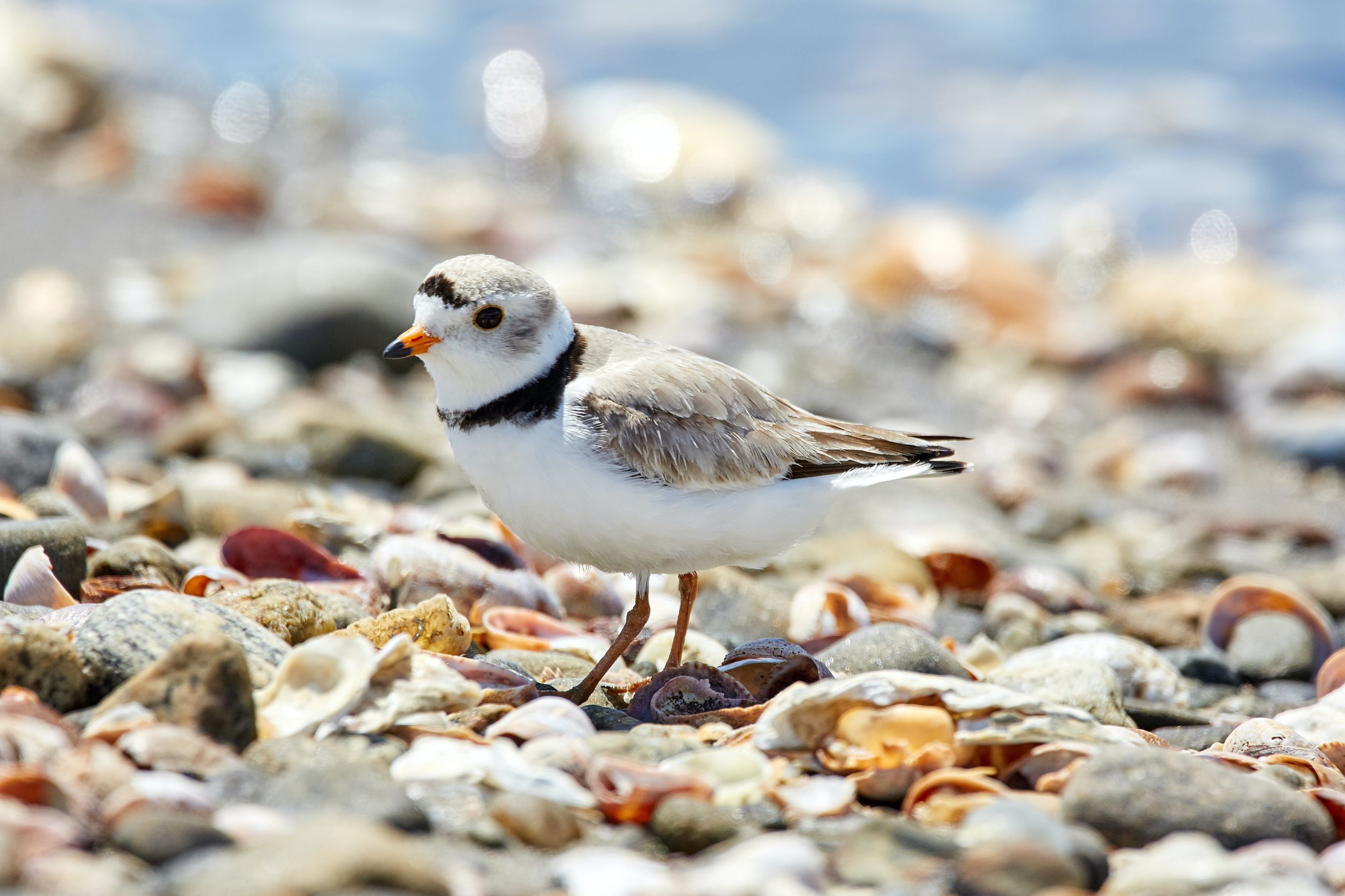
The Latest from the Coalition
On this page you can find the latest news from the Coalition, including stories of restoration successes, profiles of ongoing clean water issues, policy updates, and press releases.
Restoring Connectivity in the Two Hearted River Watershed
Repairing culverts and stabilizing river banks at road crossings and man-made erosion sites along Michigan’s Two Hearted River has naturalized river flow.
Program Helps Communities Restore Health of Lake Michigan Ravines
Groups in Northeastern Illinois are focused on restoring ravine habitat by working with private landowners to reintroduce native plants. These plants will help to decrease erosion, thereby preventing sediment build-up in Lake Michigan and protecting valuable fish and wildlife habitat.
Restoring Fish Habitat at Lake Shore Marshes
Ducks Unlimited restored 80 acres of Lake Ontario wetlands to improve fish and wildlife habitat and create outdoor recreational opportunities.
Removing Invasive Plants Limits Their Spread Through Wisconsin
A coalition is combating the spread of invasive weeds in Wisconsin to protect habitat, water quality, and outdoor recreational opportunities.
Northern Minnesota River has Stronger Riverbanks, Less Erosion
Installing fallen trees, re-establishing flood plains, and planting new trees along Minnesota’s Flute Reed River helped stabilize the river, reduce sedimentation, and provide habitat for fish and wildlife.
Former Golf Course Transformed into Wetlands and Public Green Space
The site of a former golf course has been restored to a wetland ecosystem in order to reduce sediment and nutrients entering water system.
Dead Dog Creek Stream Restoration Reduces Pollution in Lake Michigan
The eroded stream banks of Dead Dog Creek along the Illinois/Wisconsin boarder are being restored to reduce nutrients and sediments in Lake Michigan.
Great Lakes Restoration Projects: Producing Results for People, Communities
The Great Lakes provide drinking water for 30 million people, but they remain threatened by toxic pollution, invasive species, polluted runoff, and habitat destruction. The report chronicles Great Lakes restoration success stories throughout the region.







